
The Lenovo A6000 has arguably been the most talked about smartphone in the past month. So, we're guessing you're one of the people looking to buy it. The review will take some more time though, which is why here's a quick look at the phone's performance and more to give you some perspective. Benchmark comparisons with the Moto G (2nd Gen), Yu Yureka and others have been included, along with notes about the camera and build of the device.
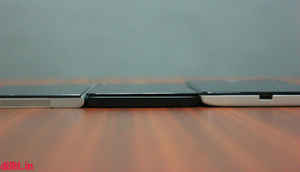
Slimness
At 8.2 mm, the Lenovo A6000 isn't the slimmest phone you'll find. The overall design though makes it feel quite slim and easy to use. It is also very light, weighing only 128 gram. It feels much lighter though.
Xiaomi Mi3 (Left), Lenovo A6000 (Center), Xiaomi Redmi Note 4G (Right)

Compact
Lenovo has done well to keep the 5 inch display contained in a small body. The phone isn't all that big and fits easily for single handed use. This coupled with the lightness makes it a treat ergonomically.
Xiaomi Redmi Note 4G (Left), Lenovo A6000 (Right)

Display
The 5 inch HD display may not be the best in the market, but it is still quite good. Lenovo's Vibe UI, as the name suggests, is colourful and looks good on the display. We do miss the premium feel of Gorilla Glass 3 though and the display is also quite fingerprint intensive.
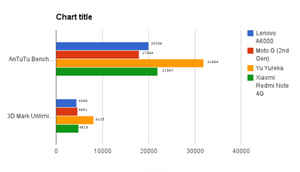
Benchmarks
In synthetic benchmarks, the phone performs just like the Moto G (2nd Gen). While the Yu Yureka is far ahead of the A6000, the difference is lesser when compared to the Xiaomi Redmi Note 4G. The higher clock speed of the Redmi Note 4G gives it a slight edge in terms of the performance, but the A6000 seems to be more than making up for it through the pricing.
The graphics performance on 3D Mark is also not bad for a budget device. It also provides much more value than the Moto E or Xiaomi Redmi 1S, with performance as good as the newest iteration of the Moto G.

Camera
The stand out element of this phone so far has been the 8MP rear camera. In ideal light conditions, the A6000 has quite amazing white balance for a budget device. In addition, the camera is fast and easy to use. Another thing we noticed is that the exposure control on the camera is quite good.
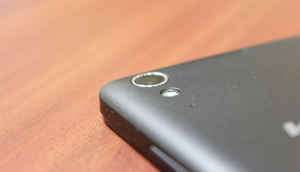
More on the camera..
The 8MP rear camera is accompanied by an LED flash. As mentioned earlier, the camera takes good images in optimal light conditions and the focus is fast. Till now, the Redmi 1S has been the best camera in the sub-7k range, but the A6000 seems poised to take over from the Xiaomi device.
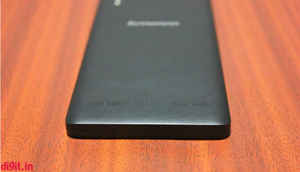
Dual-Dolby Audio
It's not HTC Boomsound, but the speakers on the back are quite loud. We'll hold off from commenting on the overall sound quality right now, but expect that in the full review.
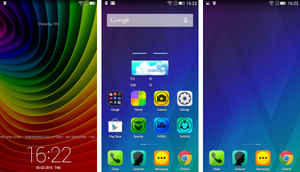
Vibe UI
Lenovo's Vibe UI has never been our favourite, but the company has recently done a lot of work on it. The result is visible in the A6000. The UI seems quite snappy and leaves about 400 MB of RAM free out of the 1GB that the device comes with. This is about the same as what you get with stock Android or Xiaomi's MiUI 5 on the Redmi 1S.

Design
While we've already commented on the build and design in some detail, one thing worth mentioning is that the matte finish on the plastic back makes the phone feel quite premium for the price. In addition, the removable back and battery could make a difference for many people.
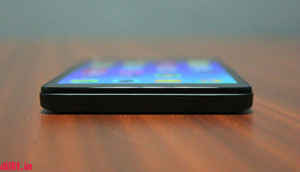
4G
In case you do care, the Lenovo A6000 also happens to be the cheapest 4G-LTE smartphone available in the market today.

Size..
Placed next to the Xiaomi Mi3, which is also a 5 inch device, the Lenovo A6000 is slightly smaller. That makes a world of difference in the ergonomics though.
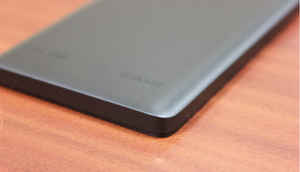
Back..
The matte-ish finish on the back of this device makes it feel more premium. In addition, Lenovo has added a slight curve close to the sides, which makes it look just a tad better.
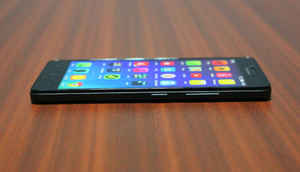
Viewing Angles..
The viewing angles on the phone are quite good, especially for a budget smartphone. There isn't much visible colour shift on the display and colours pop-out well.